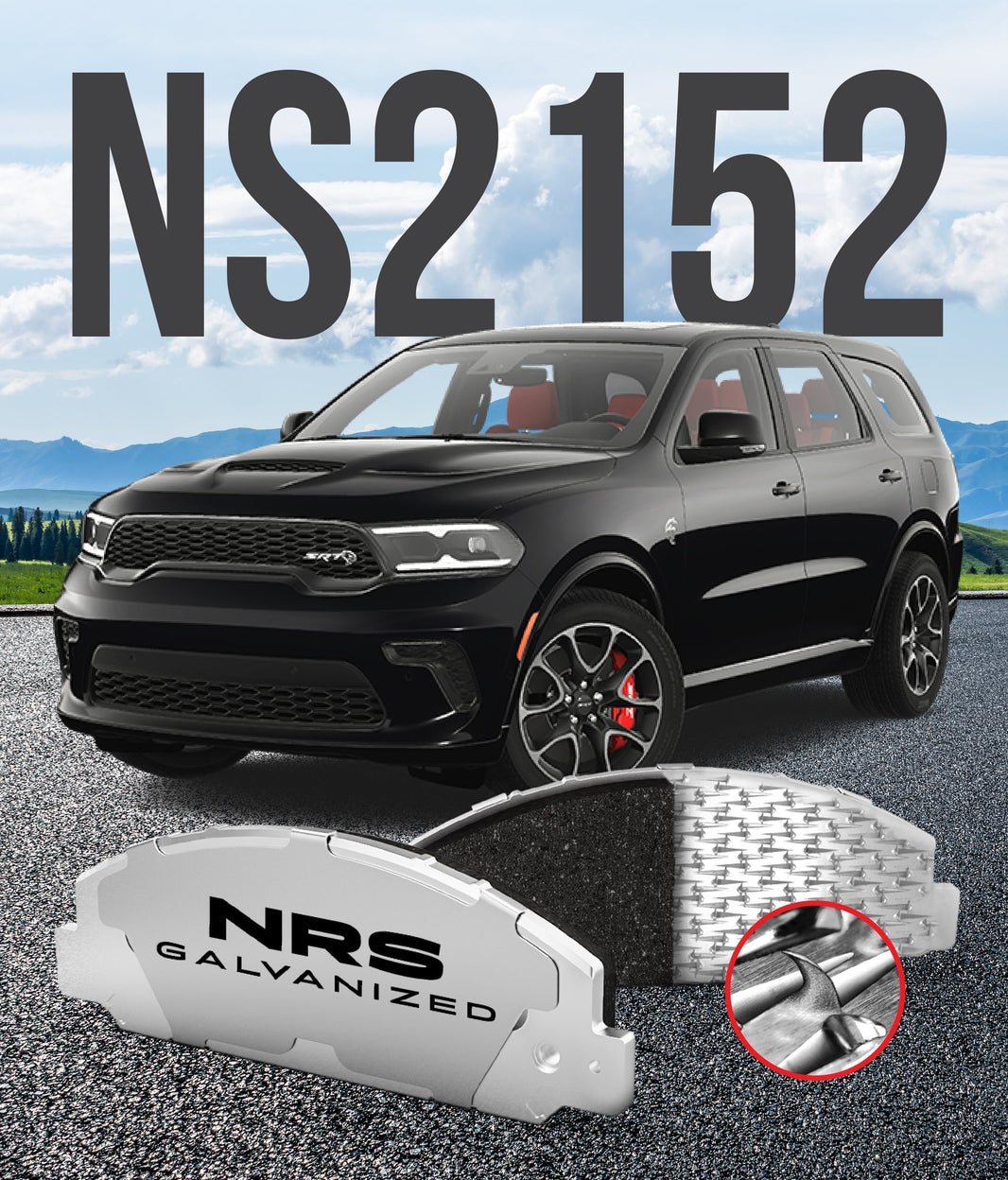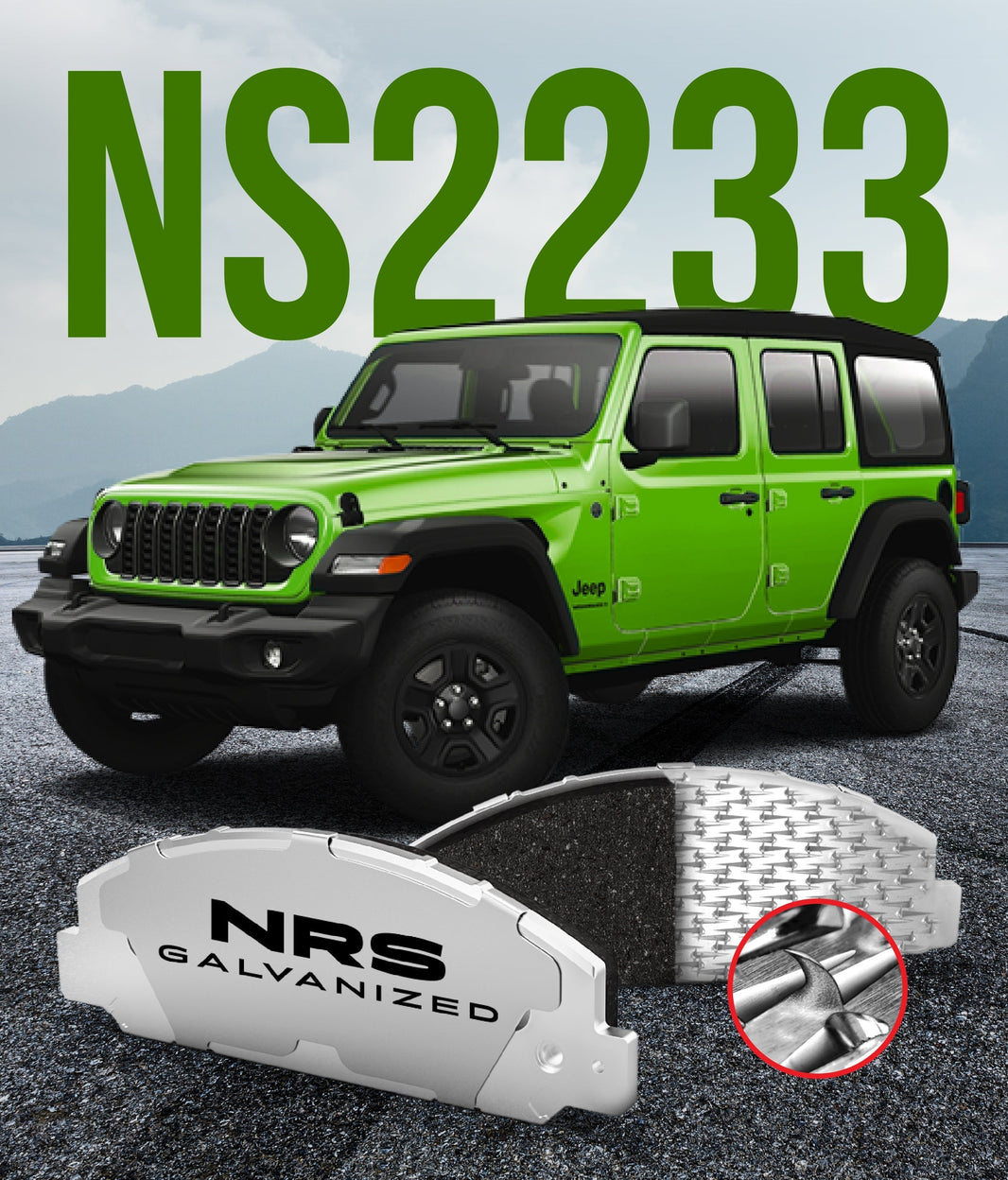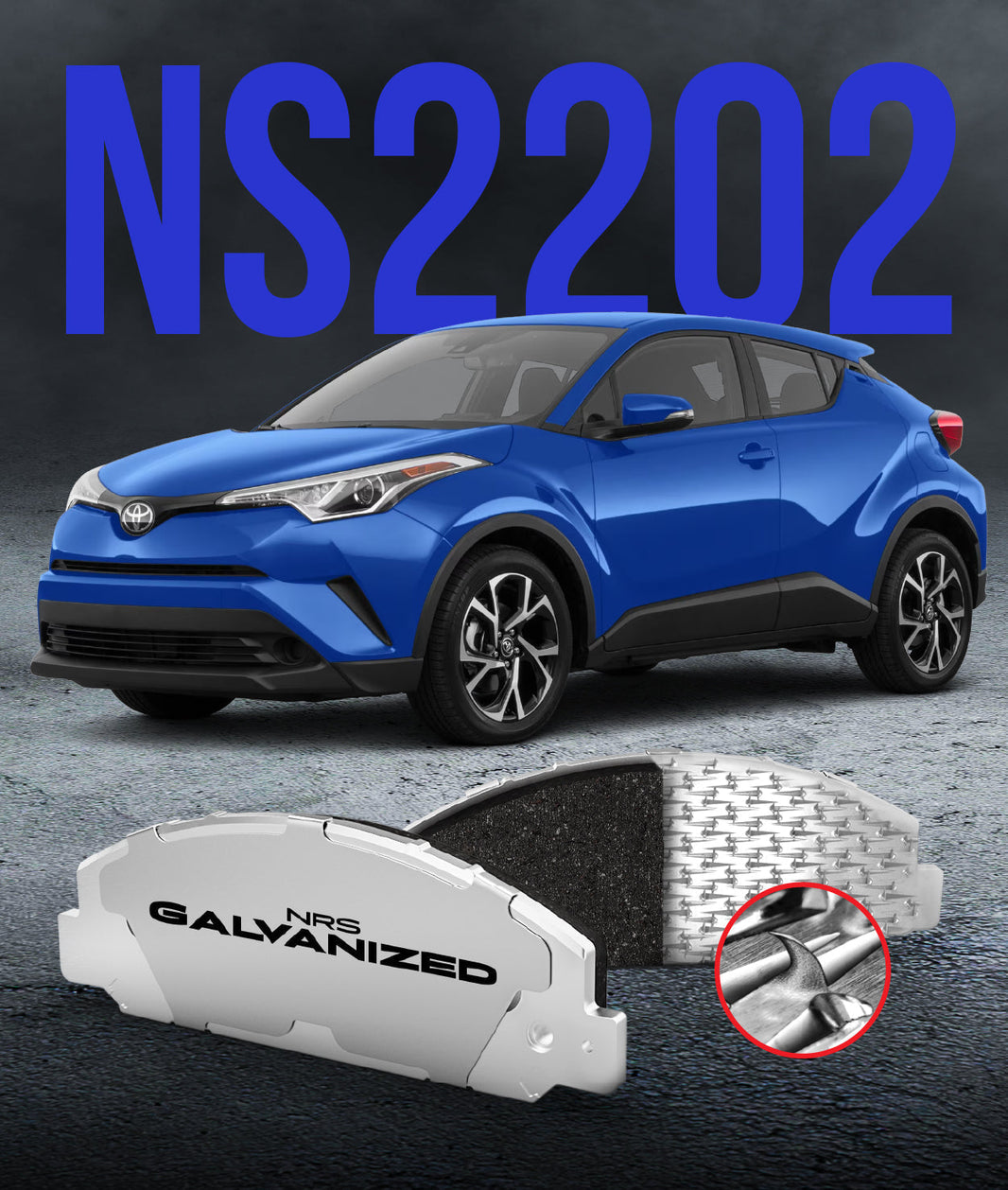 The Silent Killer of Even Brake Wear
The Silent Killer of Even Brake Wear
For any vehicle owner, rust can feel like a constant battle against the elements. While we often worry about it on body panels, one of its most dangerous targets is hidden behind your wheels: the braking system. Rust on your brake components is far more than a cosmetic issue; it is an active force of decay that directly causes uneven brake pad wear, compromises stopping power, and can lead to expensive and dangerous failures.
Understanding how and why rust attacks your brakes is the first step toward preventing its damaging effects. It’s a silent killer of even pad wear, but with the right knowledge and components, it’s a battle you can win.
Why Are Brakes So Prone to Rust?
The primary components of your braking system, particularly the rotors and caliper brackets, are typically made of cast iron. While strong and excellent at handling heat, iron's natural destiny is to oxidize—or rust—when exposed to the two things it sees every day: water and oxygen. Every drive in the rain, every puddle splashed through, and especially the use of corrosive road salts and de-icing agents in the winter, creates the perfect environment for this process.
Furthermore, the intense heat generated during braking accelerates this chemical reaction, and the constant exposure to road grime and contaminants traps moisture against the metal, ensuring rust gets a strong foothold.
The Critical Areas Where Rust Attacks
Rust doesn't just form a uniform layer. It concentrates in critical areas where it does the most damage, leading directly to the uneven wear you might be experiencing.
The Rotor Surface
When a vehicle sits, especially after being driven in wet conditions, a thin layer of surface rust on the rotors is normal and often wiped away with the first few brake applications. The real problem is deep rust pitting or flaking. This creates an abrasive, irregular surface. As the brake pad presses against it, the high spots on the rotor act like a file, grinding down the pad material in one area while leaving other areas untouched. This is a primary cause of uneven wear across the pad's surface.
Caliper Slide Pins
These pins are essential for balanced braking, allowing the caliper to "float" and apply equal pressure to both the inner and outer brake pads. Protected only by a small rubber boot, these pins are highly vulnerable to moisture. When rust forms on the pins or inside their bores, it prevents the caliper from moving freely. The caliper becomes sticky or even seized, causing one pad to be in constant contact with the rotor while the other barely works at all. This results in one pad wearing down completely while the other looks nearly new.
The Brake Pad Backing Plate
The friction material of your brake pad is bonded to a steel backing plate. On lower-quality pads, this plate is often just painted. Moisture inevitably gets under the paint, and the plate begins to rust. As the rust expands, it can physically push the friction material away from the plate in a process called rust jacking. This creates an angled or uneven surface that no longer sits flush in the caliper, leading to tapered wear and reduced braking effectiveness.
Diagnosing Rust-Related Brake Problems
Your vehicle will give you clear signals that rust is causing trouble. Listen and feel for these common symptoms:
-
Grinding or Squealing Noises: A loud grinding noise, especially for the first few stops after the car has been sitting in wet weather, is a classic sign of rust being scraped off the rotors.
-
Vibrations or Pulsations: If you feel a shudder or vibration through the brake pedal or steering wheel when you brake, it could be caused by uneven rust deposits or pitting on the rotor face.
-
Visible Uneven Wear: A visual inspection is the most definitive test. If you can see that one brake pad on a wheel is significantly thinner than the other, you likely have a problem with seized, rusty slide pins.
-
Heavy Flaking or Pitting: Look at the rotor itself. If you see deep pits or sections of the metal flaking away, especially around the edges, the rotor is compromised and needs replacement.
The Solution: Cleaning, Replacing, and Preventing Rust
-
Minor Surface Rust: If your rotors have a light, even orange haze from sitting overnight, this is generally not a concern and will clear with normal driving.
-
Deep Corrosion and Seizure: Deeply pitted rotors cannot be saved and must be replaced. Similarly, if caliper slide pins are badly rusted and have damaged their bores, the entire caliper bracket or caliper assembly should be replaced to ensure smooth, safe operation.
-
Prevention is the Best Strategy: The most effective long-term solution is to use components designed to fight corrosion from the start. When performing a brake service, ensure your mechanic thoroughly cleans and lubricates the slide pins with high-temperature synthetic brake grease. More importantly, invest in high-quality parts. Premium rotors with protective coatings and advanced brake pads, like those featuring the galvanized steel backing plates from NRS Brakes, prevent rust from ever taking hold on the pad itself, eliminating the risk of rust jacking and ensuring the pad wears evenly for its entire service life.
Conclusion: A Direct Threat to Vehicle Safety
Ultimately, ignoring rust is ignoring a direct threat to your vehicle's safety. It wears down pads prematurely, damages expensive rotors and calipers, and can dangerously increase your stopping distance.
To see how rust fits in with other potential issues, be sure to read our complete cornerstone guide on what causes uneven brake pad wear.




